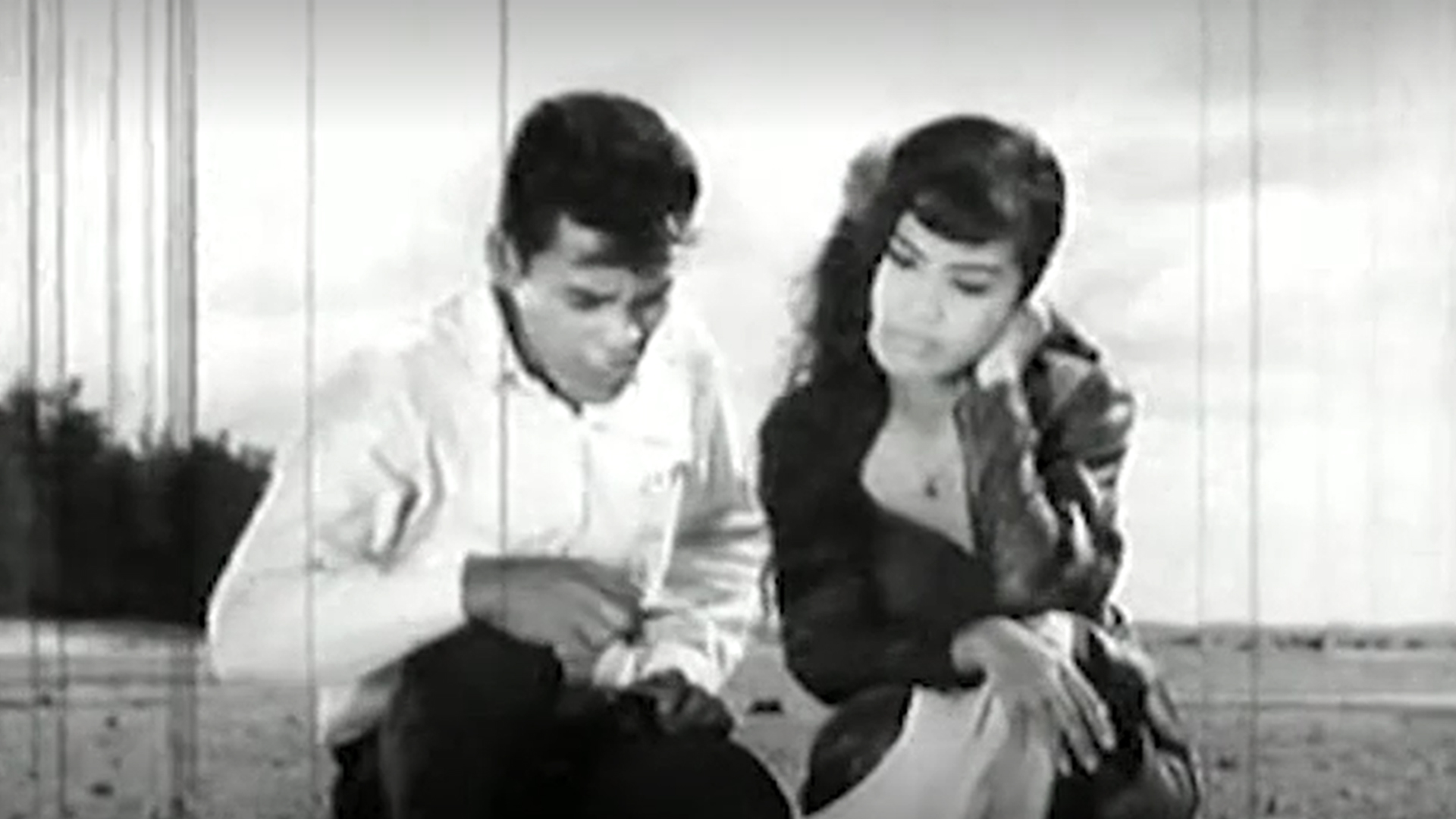

Social Realist Turns in Singapore Filmmaking (1950s–1980s)—Day Two
Since the 1950s, Singaporean realist painter Chua Mia Tee has often referred to film throughout his practice to describe his artistic approach. In a 1982 interview with The Straits Times, he likened his style of realism to “the cinema—real horses, real soldiers.” This description is not far-off from his appeal to fellow painters. In his essay for the Equator Art Society’s first art exhibition in 1958, he implored them to take on the multiple roles of scriptwriter, director and actor to bring life to their scenes and express their ideas “in a more real, lucid and focused way than real-life subjects do.”
+ Read More
This turn towards a moderate form of social-realist filmmaking in Singapore-based studios MFP and Cathay-Keris continued into the 1960s, undertaken by local directors and scriptwriters such as Hussain Haniff and Omar Rojik. Many of their films straddled the boundary between fiction and documentary. They chose to shoot on location to capture real living environments, and tackled topics such as gangsterism, feudal elitism and the tensions between tradition and modernity. Many films portrayed stories of the working class—a common subject matter also found in Chua’s paintings.
By 1973, after MFP and Cathay-Keris had closed, the Chong Gay Organisation—distributors and exhibitors of “left-wing” films from Hong Kong that espoused mild socialist agendas—sought to revive feature film production in Singapore by producing social-realist drama films reflecting local interests and themes. This was partly in response to what they deemed as overtly commercial films showing in cinemas at the time which featured a corrupt, subversive and degenerate culture. Most notable among the three Mandarin films produced by Chong Gay was Two Sides of the Bridge (1976). It contained underlying themes and values that seemed like projections of Chua’s realist works and writings from the 1950s, a phase when he was active in the Arts Research Group and Equator Art Society.
By the mid-1960s, a number of independent filmmakers who were working outside of the studio system and the state propaganda film-television units also took up film production, shooting on 8mm or 16mm film. Some of them created short-form documentaries, often with an individual artistic vision or intent to relay certain social messages. The films by auteurs such as Rajendra Gour and Cheong Kok Seng combined documentary realism and diaristic, self-reflexive filmmaking, while also adopting experimental filmic approaches. Additionally, members of local “amateur” filmmaking clubs, such as the Singapore Cine Club (renamed the Singapore Cine and Video Club in the 1980s) also created their own works, including documentaries which were underpinned by social advocacy and journalistic reporting. Artist-filmmakers from overseas also worked in Singapore, often on a transient basis. These itinerant filmmakers took in local scenes and subjects with a curiosity and mode of address which were unlike local filmmakers or artists like Chua. A noteworthy example was Dutch artist and experimental filmmaker Edward Luyken, who made several films in 1980. One of Luyken’s films was a non-expository but structured film which focused on a cemetery in Singapore and its workers. Works like Luyken’s were experimental constructs of images which provide a rich point of comparison to Chua’s paintings of manual labourers and their environments.
This programme, Social Realist Turns in Singapore Filmmaking (1950s–1980s), conceived by Toh Hun Ping aims to present a broad and non-exhaustive survey of social realist and documentary filmmaking in Singapore from the 1950s to the 1980s. It will highlight, discuss and compare films from this period against the artworks and writings of Chua Mia Tee—which share similar, if not overlapping socio-cultural contexts—as featured in the exhibition Chua Mia Tee: Directing the Real.
Artworks by Chua Mia Tee that are referred to include Malay Fisherman at Changi Beach (1977), Epic Poem of Malaya (1955), and National Language Class (1959).
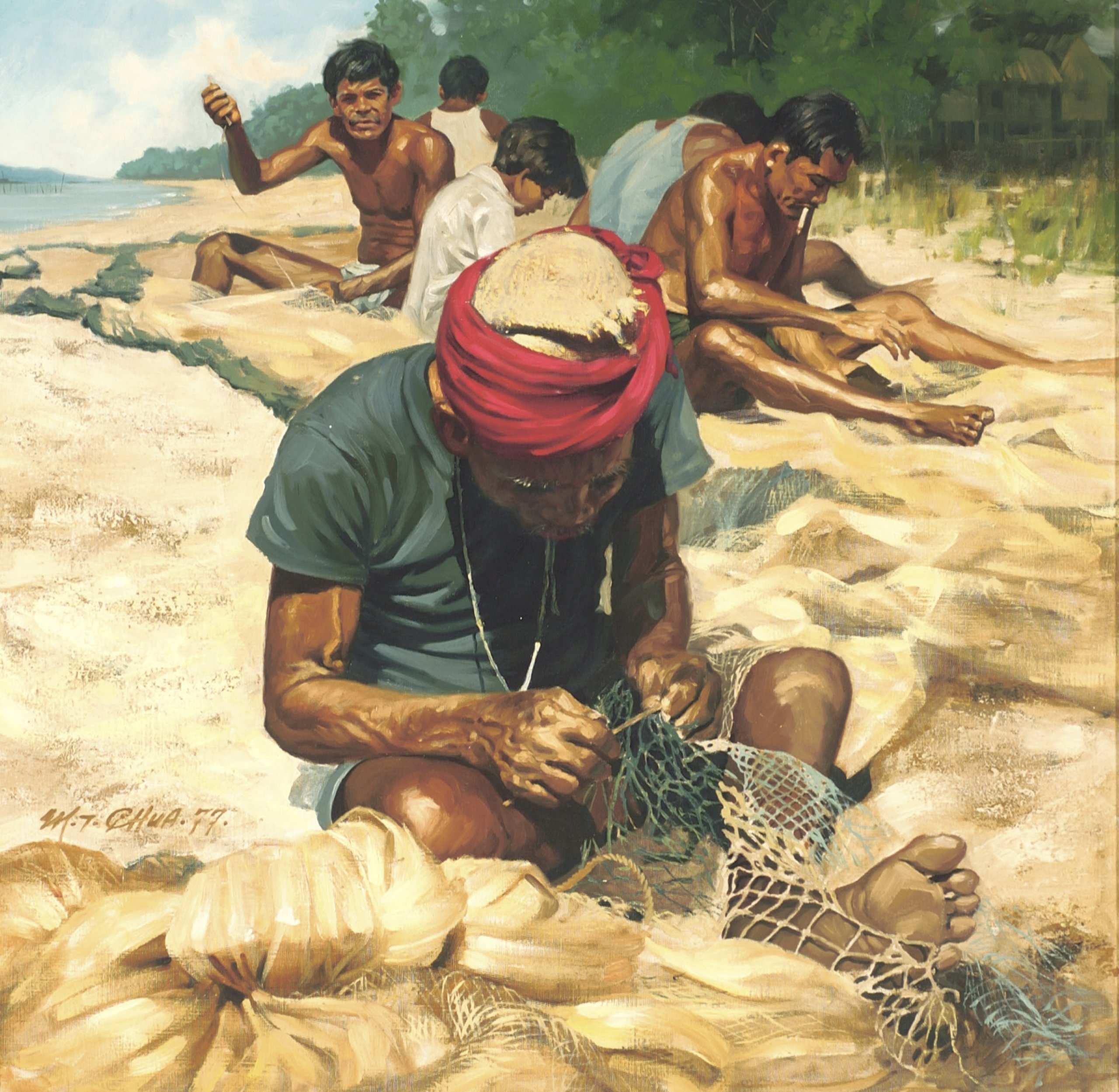
Chua Mia Tee. Malay Fisherman at Changi Beach. 1977. Oil on canvas, 76.7 x 78 cm. Gift of Times Publishing Limited. Collection of National Gallery Singapore. Image courtesy of National Heritage Board, Singapore. © Chua Mia Tee and family.
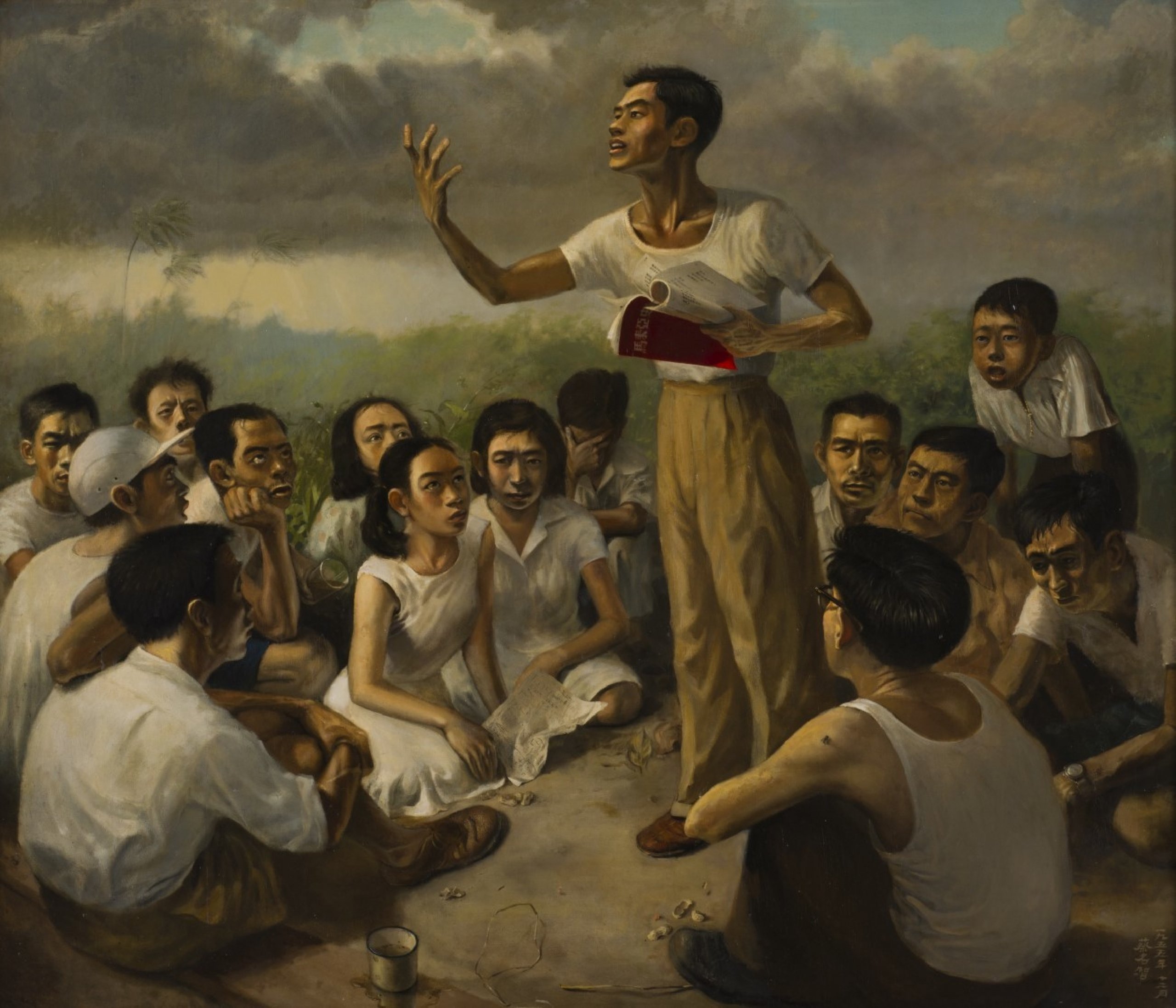
Chua Mia Tee. Epic Poem of Malaya. 1955. Oil on canvas, 105.5 x 125 cm. Collection of National Gallery Singapore. This work has been collectively adopted by [Adopt Now] supporters. Image courtesy of National Heritage Board, Singapore. © Chua Mia Tee and family.
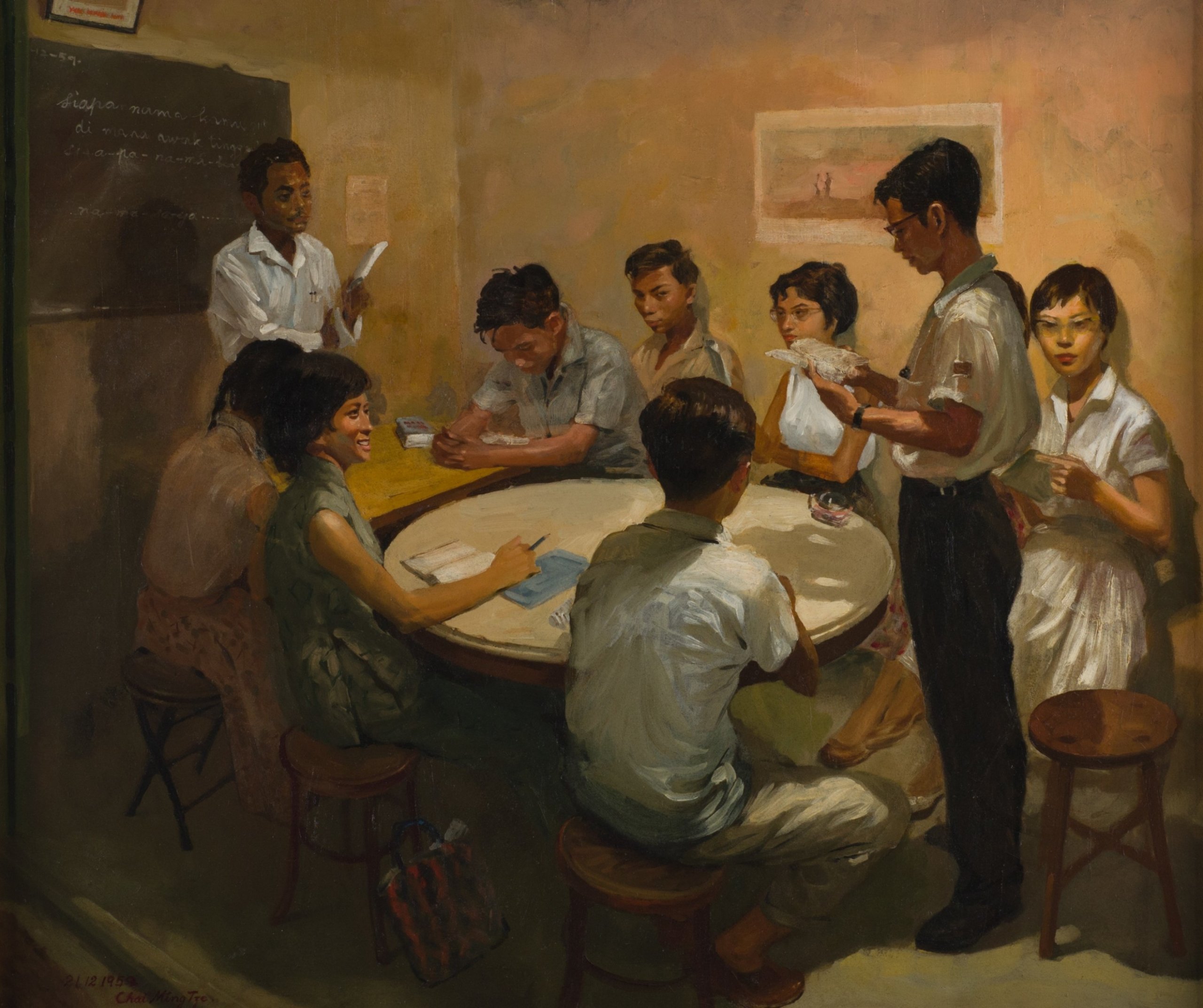
Chua Mia Tee. National Language Class. 1959. Oil on canvas, 112 x 132 cm. Gift of Equator Art Society. Collection of National Gallery Singapore. Image courtesy of National Heritage Board, Singapore. © Chua Mia Tee and family
Toh Hun Ping (b. 1978, Singapore) is an artist-filmmaker and independent researcher. His artworks and experimental films have been presented in exhibitions and film festivals internationally. As a film researcher, he investigates the history and cultural contexts of film production and distribution in 20th century Singapore. He has served as researcher-writer, programmer and video editor for projects organised by Asian Film Archive (State of Motion) and National Museum of Singapore (The Foundation of Run Run Shaw’s Cinema Empire). He was principal researcher for the book Xin Ke: The Story of Singapore and Malaya’s First Feature Film, authored by Yvonne Ng and Jan Uhde, Kucinta Books, 2019. He also started the Singapore Film Locations Archive, a private video collection of films made in and about Singapore, and runs a website about filming locations in Singapore of the past (sgfilmlocations.com).
- Read Less
DAY TWO
Day Two will focus on Singapore-made films with social realist approaches in Malay and Chinese languages up to the 1970s, and will refer to the works of Malay film auteur Hussain Haniff as well as the Mandarin feature films produced by Chong Gay Organisation. These films will also be discussed in relation to the artworks and writings of Chua Mia Tee. The talk will also discuss works by Rajendra Gour, Cheong Kok Seng, filmmakers in the Singapore Cine and Video Club, and Edward Luyken.
Day Two’s talk will be followed by the screening of Hussain Haniff’s Jiran Sekampong (1966).

JIRAN SEKAMPONG/VILLAGE NEIGHBOURS
By Hussain Haniff
Singapore | In Malay with English subtitles | 1966 | 103 min | PG
Jiran Sekampong is a social drama that presents a microcosm of contemporary Singaporean society. It is centred on a group of villagers from various social classes and follows overlapping narratives of multiple characters, each of them a critical reflection of a social figure. These include an earnest mechanic, a voyeuristic landlord, a compassionate doctor, and the daughter of a maid to a middle class family. Based on Hussain’s observations of society, these depictions are sometimes factual, sometimes parodic.
Presented mainly in a realist mode with naturalistic portrayals and location shooting, the film addresses issues of materialism, feudal elitism, gender relations, and the tension between traditional values and modernity. Although it features an all-Malay cast, its themes cut across all segments of Singapore society in the 1960s.
Jiran Sekampong was last screened publicly in Singapore with English subtitles in 2005 as part of the Screen Singapore programme. In 2009, it was shown as part of the Singapore, Malaysia: the cinema! programme at the Centre Pompidou in Paris.
Courtesy from © Cathay-Keris Films Pte. Ltd. Source: Asian Film Archive.
City Hall Wing, Level B1, The Ngee Ann Kongsi Auditorium (National Gallery Singapore)
- Sun 24 Jul | 2.00pm
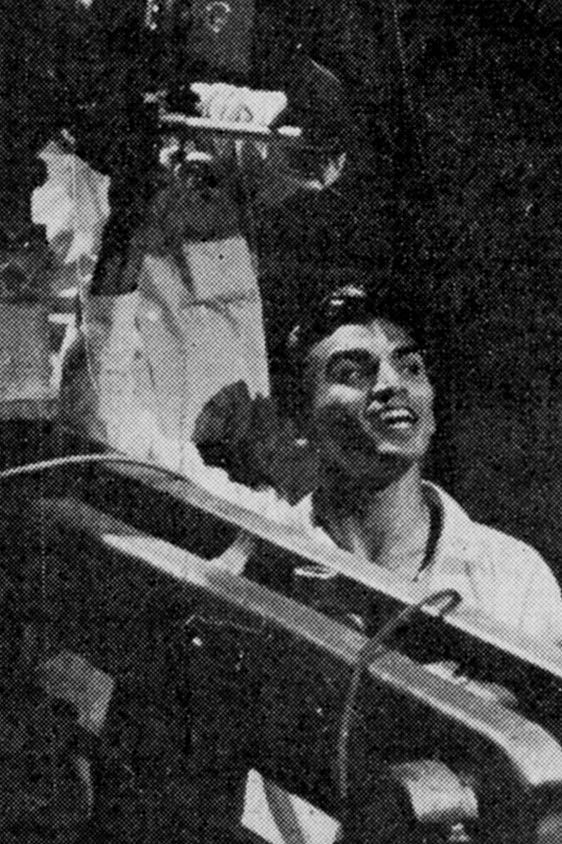
Hussain Haniff (b. 1933, Pakistan; d. 1966, Singapore) first appeared in minor acting roles for Shaw’s Malay Film Productions Ltd, where his father Mohd. Haniff, had worked as an art director. He later moved to Cathay-Keris Productions to work as a film editor for several years before being invited to take on a directing role. He directed 12 Malay-language feature films in all for Cathay-Keris, among them classics like Hang Jebat and Dang Anom, and comedy hits Masok Angin Keluar Asap and Gila Talak.
As part of this programme, there will be free curator tours of the Chua Mia Tee: Directing the Real exhibition on Sunday 24 July, at 11am and 12pm. Please click ‘BOOK TOUR’ to register.
City Hall Wing, Level B1, The Ngee Ann Kongsi Auditorium (National Gallery Singapore)
- Sun 24 Jul | 2.00pm
Films
Films
Films
Films
